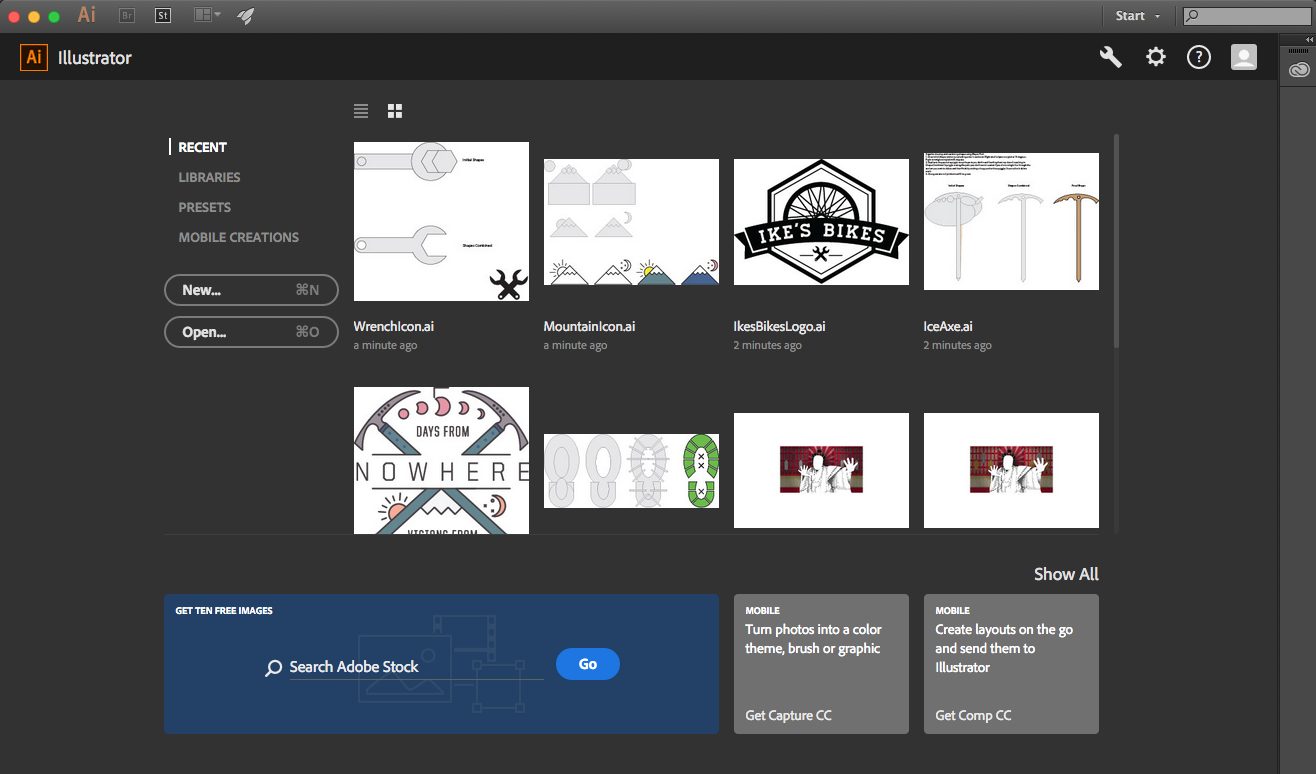

- #Macos malware years runonly avoid detection install
- #Macos malware years runonly avoid detection mac
- #Macos malware years runonly avoid detection windows
~/Library/Caches//ist (where “XX” is any two uppercase letters) OSAMiner persists via LaunchAgents that attempt to evade detection by using labels and file paths containing “com.apple”. As we shall see below, this technique (and indeed some of the code) was later copied by XCSSET.Īmong other behaviors, the OSAMiner malware sets up a persistence agent and downloads the first stage of the miner by retrieving a URL embedded in a public web page. Due to the difficulty in reversing run-only AppleScripts, this technique helped it to hide its activity. OSAMiner was novel primarily for its extensive use of multiple, run-only AppleScripts.
#Macos malware years runonly avoid detection mac
#Macos malware years runonly avoid detection install
The aim was to get cryptocurrency users to install a trojanized application for trading and managing cryptocurrency.Īll versions were built using Electron, and once the trojan app is installed and launched, a malicious background process called “mdworker” functions as the RAT, capable of keylogging, taking screenshots, executing shell commands, and uploading and downloading files.
#Macos malware years runonly avoid detection windows
This was the first of an increasingly common-trend throughout 2021: cross-platform malware written in Go targeting macOS, Linux and Windows operating systems. In January 2021, Intezer reported on Operation ElectroRAT, a campaign that had been running throughout 2020 targeting cryptocurrency users. Top 10 In-the-Wild macOS Malware Discoveries 2021 Let’s take a look at what was unique for each one and the main points that defenders need to be aware of. In 2021 to-date, there have been ten new reported malware discoveries. While commodity adware is by far the most prevalent threat on macOS, most new malware families that emerged in 2021 focused on espionage and data theft.A continued reliance on using LaunchAgents as the primary persistence mechanism.An increasing interest in targeting macOS users in the East (China and Asia).A drive towards attacks on developers and other ‘high-value’ targets.macOS targeted in more cross-platform malware campaigns, with malware written in Go, Kotlin and Python observed.Summary of Key Trends Emerging During 2021Īs we will describe below, several things stand out about macOS malware in 2021. At the end of the post, we draw out the main lessons Mac admins and security teams can learn from this year’s crop of macOS malware to help them better protect their Mac fleets going into 2022. On top of that, you’ll find a breakdown of the essential behavior of each threat and links to deeper technical analyses. In particular, we hone in on what is unique about each malware discovery, who it targets and what its objectives are. As we approach the end of 2021, we take a look at the year’s main malware discoveries targeting the macOS platform with an emphasis on highlighting the changing tactics, techniques and procedures being employed by threat actors.


 0 kommentar(er)
0 kommentar(er)
